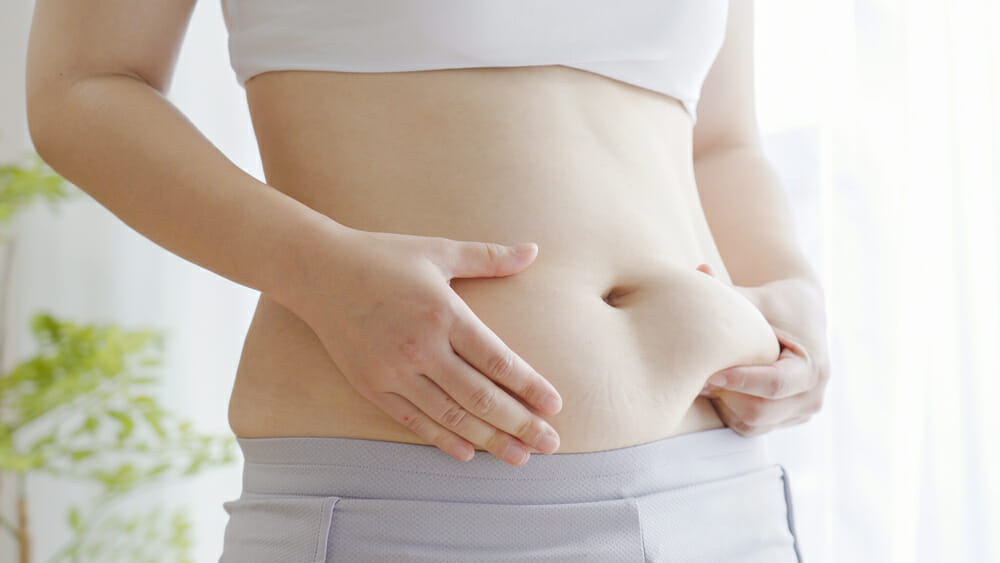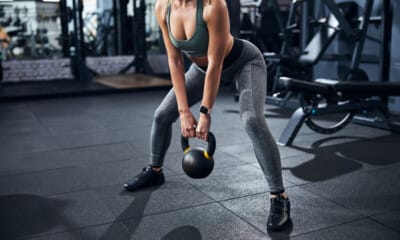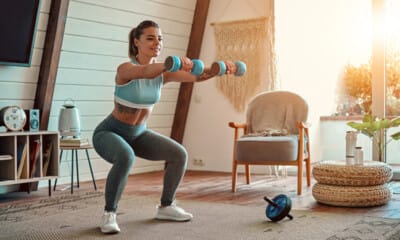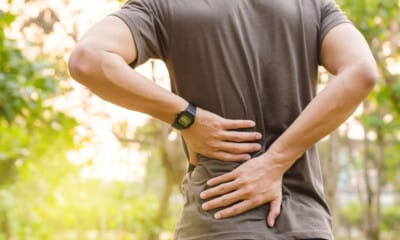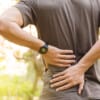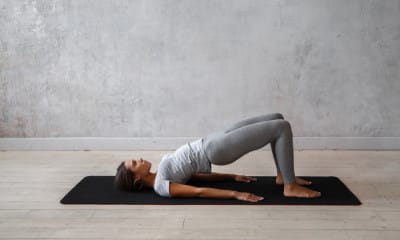Understanding the Impact of ‘Soleus Pushups’ on Metabolism while Sitting
The most recent fitness trend on TikTok isn’t a high-intensity treadmill routine or a push-up challenge; it’s actually seated calf raises. This exercise targets the soleus muscle, which extends from below the knee to the heel. According to a study published in the journal iScience by researchers at the University of Houston, performing “soleus pushups” (SPUs) – involving lifting and lowering your heels while seated – can aid in regulating glucose levels and enhancing fat metabolism.
The TikTok community has caught on to this study, with some creating viral videos outlining this seemingly effortless way to boost metabolism. Experts are intrigued by these findings because metabolic processes tend to slow down when one remains sedentary for extended periods. SPUs offer a way to introduce meaningful activity to individuals who would otherwise be inactive for prolonged durations.
One of the study’s significant findings is that SPUs can elevate “local oxidative metabolism.” Dr. Brittany Masteller, a research scientist at Orangetheory Fitness, explains that local oxidative metabolism pertains to how effectively the body generates and utilizes energy. A heightened local oxidative metabolism aids in efficiently converting fats and carbohydrates into energy without causing drastic spikes in glucose levels. This can be particularly beneficial for individuals who spend a lot of time being sedentary.
Although the idea of a low-effort seated movement that enhances metabolic activity and potentially prevents diseases sounds appealing, there are essential considerations to bear in mind. The study involved continuous SPUs for three to four hours at a time, performed at a rate of at least 50 times per minute without interruptions exceeding four minutes.
While the study participants reported no discomfort or fatigue from this prolonged activity, questions arise concerning the practicality of such an approach in real-world scenarios. The study authors attribute the lack of muscle fatigue during SPUs to the soleus muscle’s unique reliance on glycogen for fuel, unlike most muscles.
Critics, however, urge caution in extrapolating these findings to everyday settings, emphasizing that the controlled environment of a laboratory setting may not mirror typical circumstances. While SPUs can be a valuable addition to health promotion strategies, it’s crucial to avoid oversimplifying their effects or overstating their benefits. Ultimately, the efficacy of SPUs in enhancing metabolism and combating health risks outside of a controlled environment remains uncertain.


